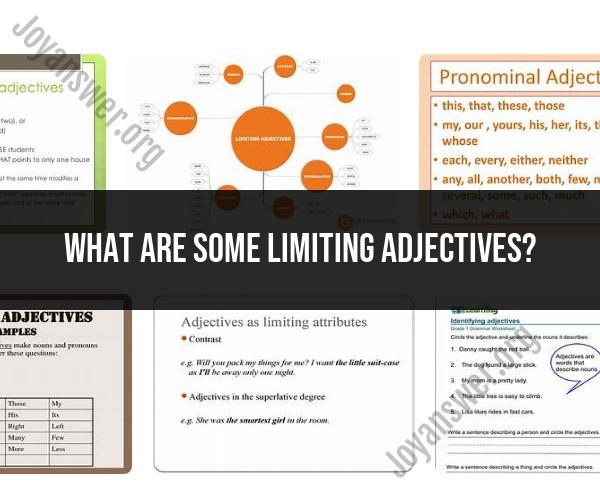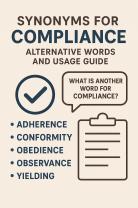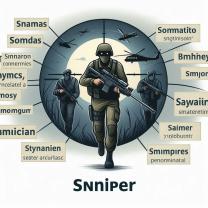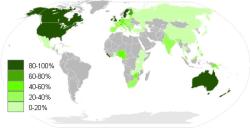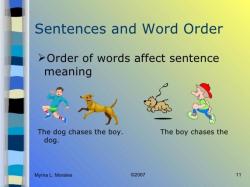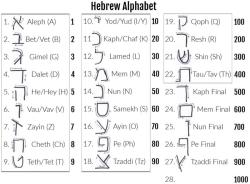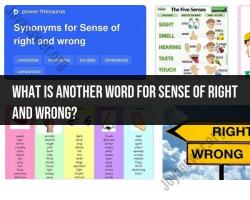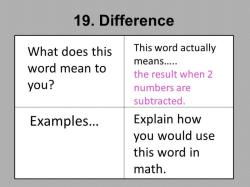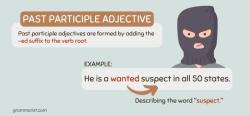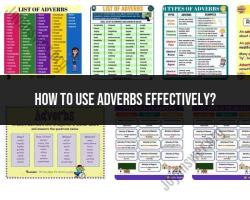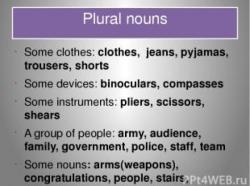What are some limiting adjectives?
Identifying Limiting Adjectives
Limiting adjectives, also known as determiners, are words that provide more information about a noun by indicating its quantity, possession, or specificity. Here are some common examples of limiting adjectives:
1. Definite Articles:
The definite articles "the" specify a particular noun as something that is already known or has been mentioned before.
2. Indefinite Articles:
The indefinite articles "a" and "an" indicate an unspecified or generic noun, not a specific one.
3. Demonstrative Adjectives:
Demonstrative adjectives like "this," "that," "these," and "those" point to specific nouns to indicate their proximity or distance.
4. Possessive Adjectives:
Possessive adjectives such as "my," "your," "his," "her," "its," "our," and "their" show ownership or possession of a noun.
5. Quantitative Adjectives:
Quantitative adjectives like "many," "few," "several," "some," and "all" indicate the quantity or amount of a noun.
6. Numeral Adjectives:
Numeral adjectives include cardinal numbers like "one," "two," "three," and ordinal numbers like "first," "second," "third," which indicate the order or quantity of nouns.
7. Interrogative Adjectives:
Interrogative adjectives like "which" and "what" are used to ask questions about nouns.
Limiting adjectives play a crucial role in providing context and information about nouns, helping to clarify their meaning within a sentence.
